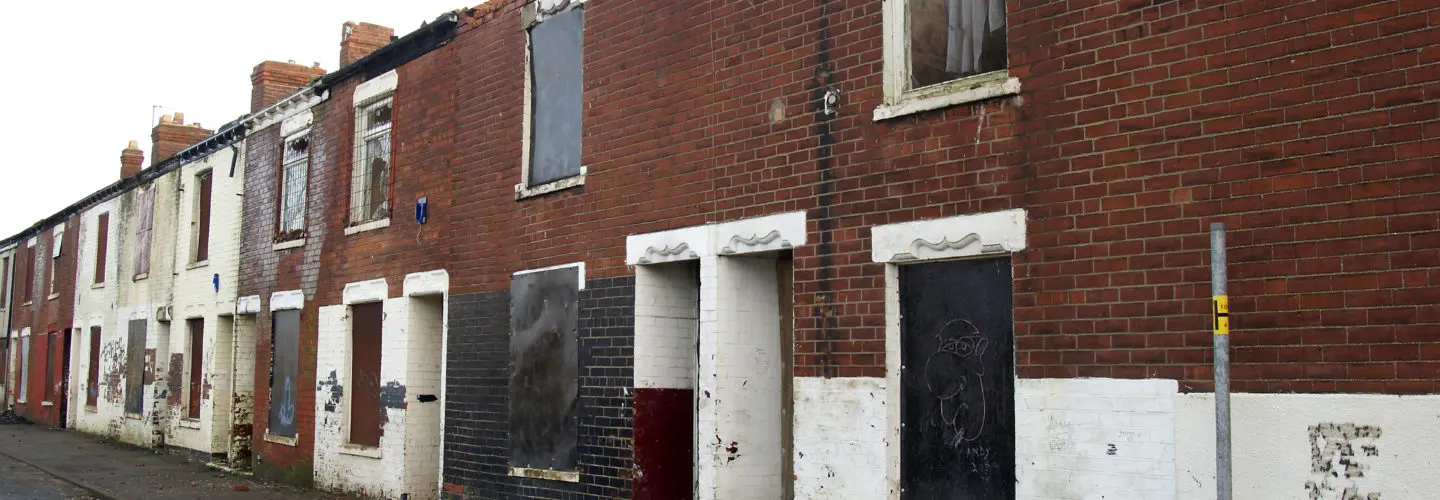Why Northeast States Must Center Equity To Achieve Climate Goals
Most Northeast states have passed laws and stipulated goals to reduce emissions and transition to clean energy in the fast-approaching decades. Putting in place goals for climate action is only a first step, as the actualization of those goals rest largely on effective implementation strategies and actions that follow. These strategies will bring the needed change only if they work for all communities, especially disadvantaged communities: those of low-income with history of environmental injustice. Substantial efforts are needed in research, engagement, and better understanding of communities in order for this work to benefit all.
While the overarching goal is to reduce greenhouse gases (GHG), the progress towards this end depends on how tailored the approaches are to each community across the region. For example, while emissions from buildings and transportation are a major source of GHGs, only through consideration of the infrastructure in a location can we identify the best action that suits the specific neighborhood, community, or state. Acadia Center recognizes this hindrance to states reaching their climate goals, and so has continued to press for programs that center on equity. For example, the Next Generation Energy Efficiency program is designed to help states reach climate goals by weatherizing and upgrading neglected buildings to make them more efficient, in ways that are tailored to the needs of people who have not been reached by other efficiency programs.
Prioritizing Equity and Environmental Justice Fulfills Climate Goals
Environmental justice communities constitute a large population in the Northeast. Massachusetts is one of the few states that have robustly defined and mapped out environmental justice communities. Spearheaded by state’s Executive Office of Energy and Environmental Affairs (EEA), Massachusetts has provided an unambiguous definition to EJ populations as communities that meets one of following criteria: “(1) an annual median household income that is not more than 65 percent of the statewide annual median household income; (2) has minorities comprising of 40 percent or more of the population; (3) has 25 percent or more of the household lacking English Language proficiency; or (4) has minorities that comprise 25 percent or more of the population and the annual median household income of the municipality in which the neighborhood is situated does not exceed 150 percent of the statewide annual median household income.” Understanding the needs of diverse neighborhoods in the region will help states to create appropriate programs and climate action plans suited to the needs of individual communities, aiding them as they make provisions that protect these communities.
Additionally, awareness of the needs and concerns of environmental justice communities and low-income groups who suffer the biggest impacts from pollution and climate change should not be limited to environmental advocates and climate action groups. Equity-centered perspectives must form the fabric of climate strategies and solutions and decisions made at all levels of government. LD1682, which Acadia Center helped pass in Maine, will require that state agencies incorporate equity considerations and perspectives in their decisions.
By seeking out and amplifying the voices of EJ community leaders and advocates, as well as other major stakeholder groups and organizations whose efforts are channeled towards climate and clean energy goals, real climate progress can be made. State and national councils on climate solutions must seek to include and highlight the perspectives of leaders from groups that have been continuously left out. Reducing emissions, tackling climate change, and ensuring thriving communities within the next few decades can only be achieved from goals and implementation strategies that address the complex and systemic issues of pollution, environmental injustice, and climate.




















Follow us